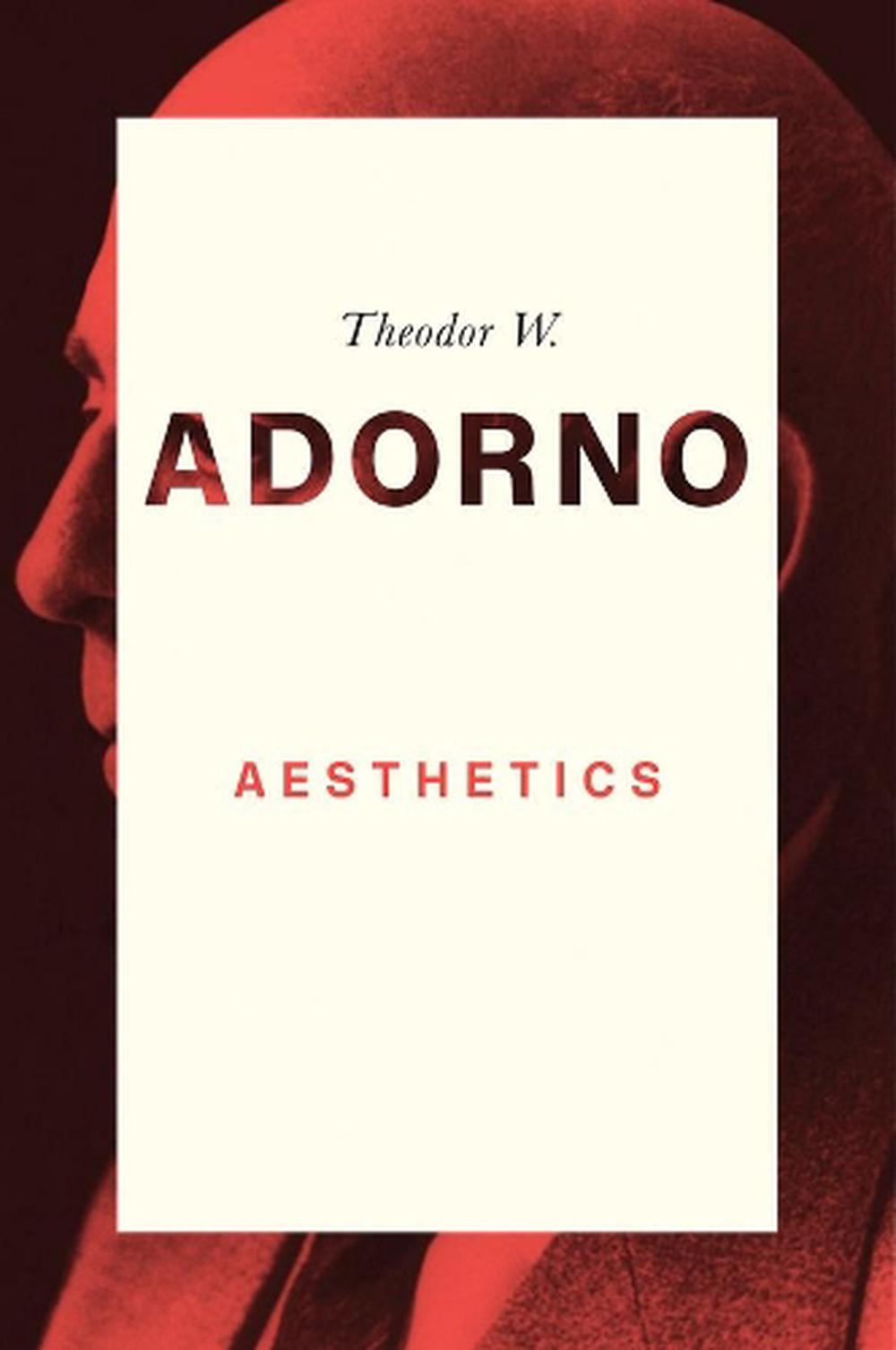
Art is the elusive main character that nearly four hundred pages of dense theory attempts to grasp.

What is art trying to accomplish, why is it there at all.

Why do people bother making music, writing, painting. These materials not only facilitate an emerging assessment of his work in epistemology and ethics but also strengthen an already advanced reception of his work in aesthetics and cultural theory.ĭo not let the title mislead you: This is not light reading.Īesthetic Theory is like an endless search for what exactly art is. Since the 1990s, however, better translations have appeared, along with newly translated lectures and other posthumous works that are still being published. Unreliable translations hampered the initial reception of Adorno's published work in English speaking countries. He was a seminal social philosopher and a leading member of the first generation of Critical Theory. It also stems from the thoroughness with which he examined Western philosophical traditions, especially from Kant onward, and the radicalness to his critique of contemporary Western society.

The scope of Adorno's influence stems from the interdisciplinary character of his research and of the Frankfurt School to which he belonged. Jürgen Habermas, Germany's foremost social philosopher after 1970, was Adorno's student and assistant. In the 1960s he was the most prominent challenger to both Sir Karl Popper's philosophy of science and Martin Heidegger's philosophy of existence. Although less well known among anglophone philosophers than his contemporary Hans-Georg Gadamer, Adorno had even greater influence on scholars and intellectuals in postwar Germany. Theodor Wiesengrund Adorno was one of the most important philosophers and social critics in Germany after World War II.


 0 kommentar(er)
0 kommentar(er)
